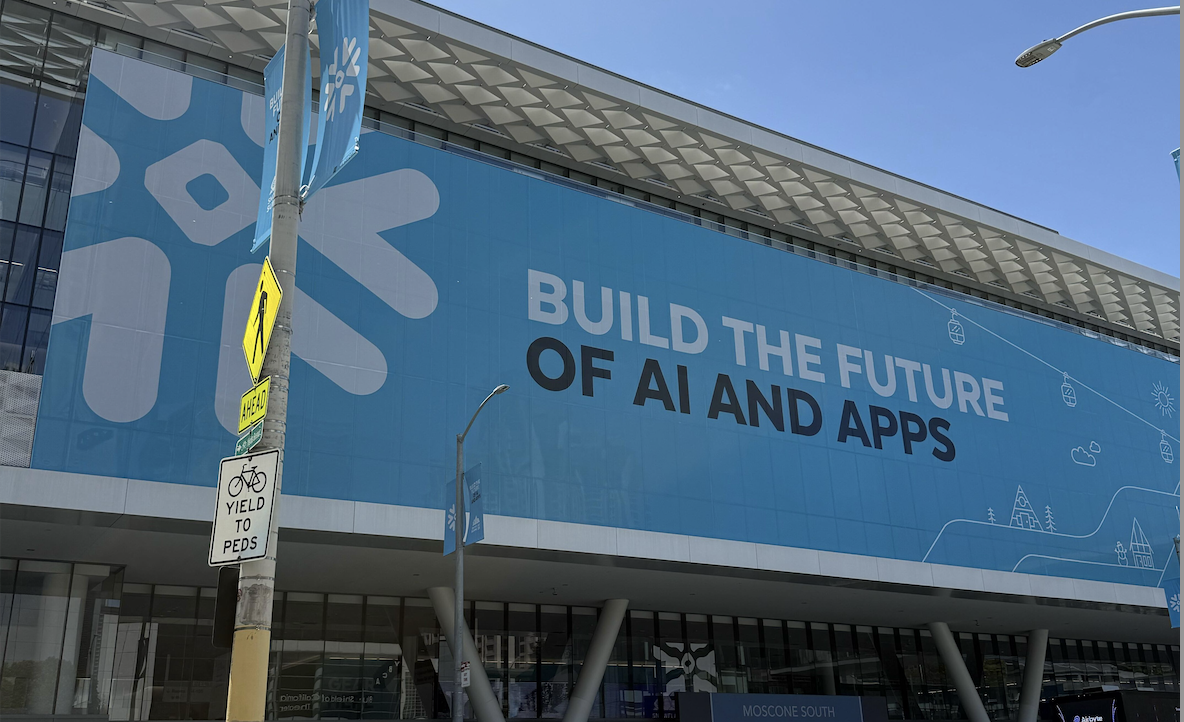Future Proof Your Modern Data Stack

Data stack has turned into a buzzword already in the data community. It’s a compass that determines whether a company heads towards becoming data-driven or not. The proper data stack provides the necessary infrastructure that allows analysts to deliver value continuously and for data workers to be faster. In recent years we’ve seen Modern Data Stack (MDS) rise over the traditional monolithic solutions.
This modular system has its own fantastic features that bring benefits in both the short and long term. Enterprises can benefit by migrating their infrastructures to the modern data stack to sustain their architecture and data strategy to continue growing.

What’s Modern Data Stack (MDS) and Its Benefits?
A modern data stack is nothing but a complex and flexible infrastructure of data that is made of modular tooling components such as BI layers, a data warehouse (often cloud-based), and data pipelines. All these components function together to produce realistic data insights.
The benefits of the modern data stack are several. First and foremost come flexibility and speed. Teams can improve the data stack further with ease and the workflow is immensely accelerated. There is no more vendor lock-in or need to be concerned about costly implementations, and it helps you improve data maturity.
Why Modern Data Stacks Are Future-Proof and How Can Enterprises Benefit from Them?
Large organizations can rely on modern data architecture regardless of having warehouses and existing data stacks. Moving to this architecture is not difficult as they can establish themselves with a wholesale migration or by presenting components of such a structure as instrumental in a longer-term migration strategy.
Are you biased about the longevity and effectiveness of modern data stacks? We are bringing you four reasons why we believe they are future-proof:
1. They’re Modifiable to Adapt Your Scaling Intentions
As companies grow, there’s a constant need for additional tools that allow the data stack to grow and match the rising needs. Modular stacks allow the integration of new tools whenever needed without dealing with technical debt. Also, thanks to custom integrations, every company can select to adopt only the tools that match their stack, which come with pre-built connectors to the popular business apps.
2. Provide Multiple Tools Depending on the Use Case
Oftentimes, data is used in a variety of ways to answer different questions. Data teams are required to modify and analyze different sectors of data to present the proper conclusions. This is because there are certain factors at hand:
- Which stakeholder asks for data
- What languages does the analyst posses
- The posed question
Modern data stacks provide different sets of tools specific to each case.
3. They Offer Flexibility to Escape Vendor Lock-In
Monolithic solutions are expensive and can drag down your innovation attempts. With MDS, when you want to change vendors for a better alternative tool, you’re not stuck in a vendor lock-in anymore. There are no unbearable costs for you to be confused about or an obligation to keep using an inefficient tool.
4. Enabling Data Governance Is Feasible
Making governed data accessible by all your new tools is now made much easier, and not accompanied by disruptions. Using tools like dbt, data teams can write scripts that transform data before loading it into a new solution so that the quality of data is not lost or compromised.

How Can Companies Migrate to Modern Data Stack?
The process requires a bit of expertise but it can be done essentially in less than an hour. It takes only four major components for you to achieve it:
- A data warehouse (cloud-based). Here’s where your organization’s upcoming data will be stored. Examples of cloud-based warehouses include BigQuery, Snowflake, or Redshift.
- Data pipelines. We’ve chosen where to store the data but next, we should pick a pipeline service that feds this data without much human intervention into the data warehouses. Examples include Airbyte, Fivetran, and Segment.
- A BI/analytics platform. Now that the data is consolidated inside the data warehouse, we need a data science platform to properly analyze it. Examples include Mode, Metabase, and Looker.
- A transformation tool. The last step of the process includes the use of a data transformation tool that can work with data within the cloud-based warehouse. Examples include dbt, Malloy, and Looker.
For a step-by-step visual guide of the process, you can watch this video.
Final Thoughts
Obtaining critical insights faster is one step away. Migrating your data infrastructure to modern data stacks protects you from vendor lock-in, saves time in producing insights, enables global data governance, and facilitates scaling. At Blue Orange Digital, our teams of data scientists, visualization experts, and data engineers work smart to boost your efforts in data transformation and establish more efficient cloud infrastructures. Schedule a short FREE call with us today for more.


